Hunting requires patience, precision and the appropriate equipment to ensure success and security. The most essential tools used by modern hunters is the rangefinder for hunting. It helps determine the distance from the target, increase shooting accuracy, and also ensure responsible hunting practices. With the huge choice of rangefinders available on market, picking the best one could be a challenge. Additionally, to ensure the effectiveness of the device, it should be used correctly and safety measures should be taken. This article will explore aspects to consider when choosing the right hunting rangefinder, factors that affect its accuracy, and important safety guidelines for using a rangefinder.

How to Evaluate the Quality of a Hunting Rangefinder
1. Measuring Accuracy and Range
Accuracy and range are the most critical aspects of a hunting rangefinder. The accuracy of distance measurement directly affects the ability of hunters to take precise shots.
Evaluation Methods:
- Review the technical specifications of the rangefinder for laser hunting. Equipment with an accuracy rating of +1 yard or more are perfect for hunting.
- Check out models from various brands, since rangefinders of the highest quality, such as military grade, generally have superior accuracy.
- Conduct tests in a practical manner by measuring distances to various targets in different conditions to test the accuracy of your tests.
2. Optical Performance
The best optical systems guarantee clarity of vision and rapid target acquisition. Factors like lighting transmission, anti-glare and even both play an important role, particularly under various lighting conditions.
Evaluation Methods:
-
Make sure to check the lens' eyepiece and objective coatings. Multi-coated lenses increase light transmission and decrease glare.
-
Check the rangefinder's performance in both low and bright conditions to test image clarity.
- Take into consideration the power of magnification. A minimum of 6x magnification is recommended for long-range hunting.
3. Durability and Weather Resistance
Hunting usually involves exposure to harsh surroundings like snow, rain as well as rough terrain. A rugged and waterproof rangefinder is vital to be reliable.
Evaluation Methods:
- Examine your device's IP ratings (e.g. IPX7 indicates that your device can be submerged and IP54 is a sign of resistance to water and dust splashes).
- Review the material and the build quality. The housing made of rubber is more durable and provides greater durability against impacts.
- Review user feedback on the performance of your vehicle in extremely harsh weather conditions.
4. Features and Ease of Use
Advanced rangefinders for hunting have additional functions, such as slope compensation, scanning modes and wind speed measurement, etc.
Evaluation Methods:
- Examine the interface for users to determine whether it's intuitive and user-friendly.
- Find features that are convenient, such as one-touch operation, multi-target scanning.
-
Check that the device supports low-light or night vision modes for hunting in dark environments.
5. Brand Reputation and After-Sales Service
The most well-known brands usually provide superior quality and dependable customer service.
Evaluation Methods:
- Research reputable brands such as Gogogo Sport Vpro, Leica, and Bushnell.
- Check out the warranty policies of some brands. Some offer life-long or extended warranties.
-
Read customer feedback about service after-sales support and quality of service.

Factors Affecting the Accuracy of a Hunting Rangefinder
1. Target Reflectivity
The reflection of a target's surface plays an important role in determining the accuracy with which a rangefinder used for hunting can measure distance. The surfaces which reflect more light offer better and more precise measurements, whereas less reflective surfaces could cause erratic or weak measurement.
Key Considerations:
- Targets that reflect a lot of light such as metallic surfaces, white walls and brightly-colored objects will receive a higher beam of light from the laser making it possible to take precise measurements.
- Low-reflective targets such as trees, dark objects or animals with dense fur, absorb more laser and could cause measurements to be inaccurate or reduce the range of measurement.
-
When hunting, picking a location with moderate reflectivity, for example rocks close to the animal you are hunting will improve the accuracy.
2. Weather and Atmospheric Conditions
The environment has a huge impact on the performance rangefinders. Rain or fog can impede or block light beams, leading to inaccurate results.
Impact of Weather Conditions:
Rain and Snow: Water droplets and snowflakes refractive and weaken laser signals decreasing range and precision.
Fog and Humidity: The dense fog scatters the laser beam which makes it difficult for rangefinders to recognize the reflected signal.
Sunlight and Glare: Sunlight and glare: The bright sunlight can cause additional reflections or even interfere with lasers, particularly when measuring distances from highly reflective surfaces.
Solution: When hunting in bad conditions, you should use a powerful laser rangefinder that has strong signal processing in order to reduce environmental disturbance.
3. Target Angle and Positioning
An angle from which a laser strikes the target may affect its precision. In the event that the laser strikes the target with a high angle, it could reflect instead of going straight to the sensor of the rangefinder.
Key Considerations:
- If the angle of the target is too small (less than 30 degrees) then the reflection of the laser could be weak, leading to mistakes or even reducing the distance.
- The ideal angle (between 60deg and 90deg) will allow the laser to deliver a stronger, more precise reading.
- For uneven or sloped terrain using a rangefinder that has angle compensation technology can give more precise distance readings.

4. Calibration and Device Maintenance
Over time, the components inside a laser rangefinder may shift or lose alignment, thereby affecting its ability to provide precise measurements.
Key Considerations:
- Regular calibration plays a crucial function in ensuring accuracy. Certain models have self-calibration, whereas others might require a professional's help.
- The lens's condition can be affected by scratches or dirt. hinder the ability of lasers to send and receive signals. Cleaning the lenses will ensure greater performance.
- It is also crucial to ensure that the battery is fully charged since low power may influence the laser's power and measurement precision.
5. Obstacles and Interference in the Measurement Path
Anything that is between the rangefinder and the target may cause incorrect readings or block the laser from getting to the desired target.
Key Considerations:
- Obstacles that are thin like branches, grass, and leaves can diffuse or reflect light beams, leading to incorrect distance readings.
- Tree branches or rocks can completely block the laser signal, and require repositioning in order to create a wider view.
- Advanced rangefinders equipped with filtering modes help to block out small obstacles, and instead focus on targets that are larger behind them.
Safety Considerations When Using a Hunting Rangefinder
Although hunting rangefinders are important tools for improving accuracy and efficiency, misuse may pose a serious threat to your personal safety. To ensure your own and others' safety, be sure to follow best practices when operating and using the rangefinder. The following are some important safety tips.
1. Avoid Direct Eye Exposure to Laser Beams
Most rangefinders used for hunting use laser technology to measure distances. If the beam is directly reflected into the eyes, it can be very dangerous. Even low-power lasers can cause temporary vision impairment, while high-power lasers may cause permanent damage to the eyes.
Safety Measures:
- Do not directly look into that rangefinder's laser source.
- Avoid pointing the laser directly at someone's face in close proximity, particularly when it is very close.
- While operating the device, ensure that nobody is within direct line of the laser's.
- Keep the rangefinder clear of children to avoid accidental exposure.

2. Be Aware of Surrounding Conditions
Hunting can be found in difficult and threatening environments. Conditions like slippery, wet or uneven terrain can cause accidents if proper precautions aren't observed.
Safety Measures:
- Select a rangefinder that has an ergonomic and non-slip design to minimize the chance of falling.
- Wear gloves in humid or cold weather to gain an excellent hold on the gadget.
- Before taking measurements, place yourself on a stable surface to ensure you don't lose your balance.
3. Avoid Using in Flammable or Explosive Areas
Although this situation is not common, the radiation emitted by the rangefinder may cause certain flammable substances to catch fire in some cases.
Safety Measures:
- Please avoid using rangefinders in flammable places such as gas stations or chemical storage facilities.
- Make sure you follow all safety guidelines posted when hunting in restricted or industrial areas.
4. Perform Regular Maintenance and Inspection
Maintenance routine plays a vital function in ensuring your rangefinder is operating effectively. An unmaintained device could result in inaccurate readings or sudden malfunctions.
Safety Measures:
- Always check the lens of the rangefinder for dust, dirt or scratches that might impact the rangefinder's performance.
- Check that your battery has been fully charged prior to the use of the laser, as a dead battery will reduce the effectiveness for the laser.
- If the device was exposed to a severe impact (for instance, if it was dropped onto an un-porous surface) check its accuracy prior to using it.
- Follow the manufacturer's guidelines to ensure correct cleaning, storage and maintenance of your rangefinder.
5. Store Properly When Not in Use
Incorrect storage can cause damages, a shorter lifespan for devices and safety risks.
Safety Measures:
- Keep the hunting rangefinder in a protective case when not in use to prevent dust and moisture buildup.
- Keep in a dry, cool space far from the sun's rays or extreme temperature.
- Do not place heavy objects over the rangefinder in order to avoid lens damage or internal component damage to the internal component.

Wrap Up
A rangefinder designed for hunting is a device that can be used to enhance the safety and accuracy of hunting. When purchasing a rangefinder things like precision of measurement and optical quality, as well as features, durability and brand name reputation must be taken into consideration. Additionally environmental factors that impact the performance of a rangefinder shouldn't be overlooked. In addition, following the appropriate safety guidelines ensures that the rangefinder is effective and safe throughout a variety of hunting situations. If you follow this guide hunters can make an informed choice about a rangefinder purchase and make the most of its advantages in practical situations.

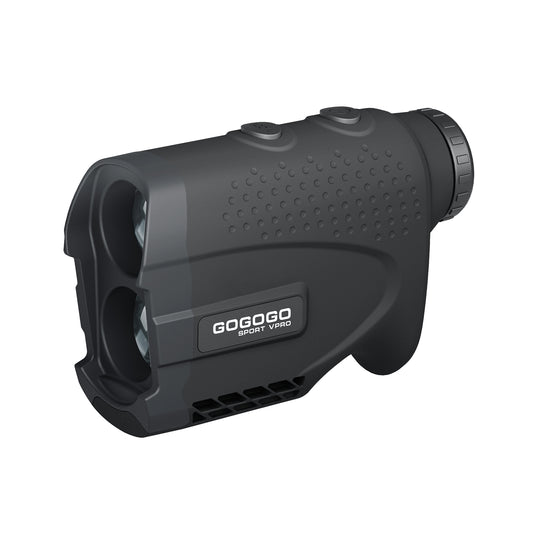
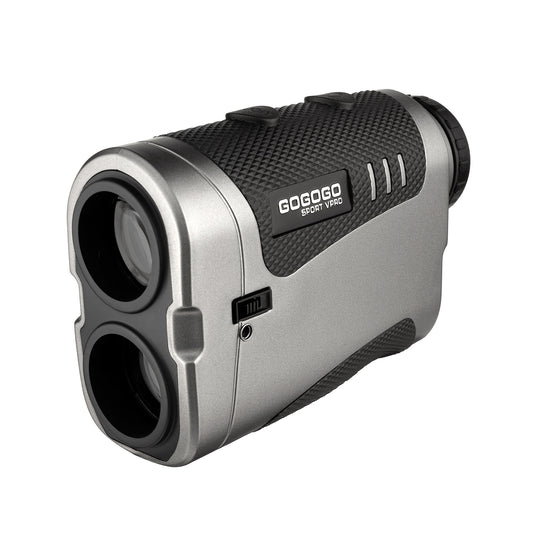
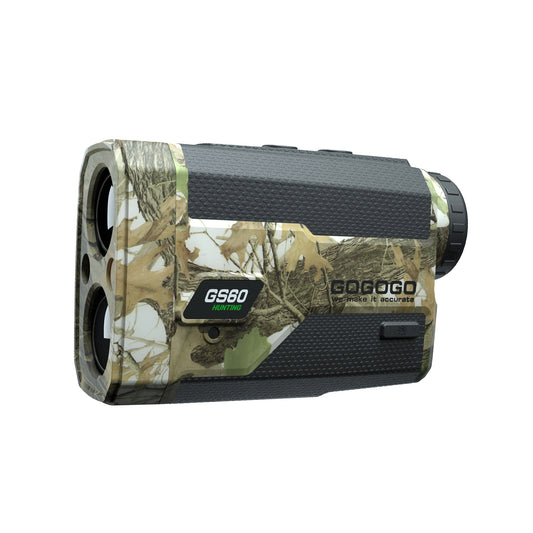
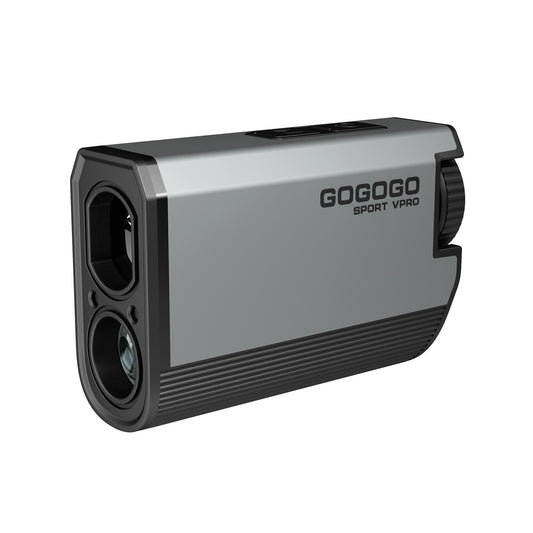
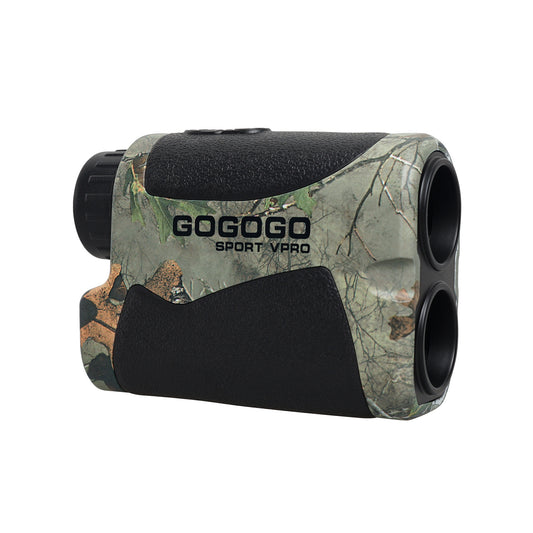
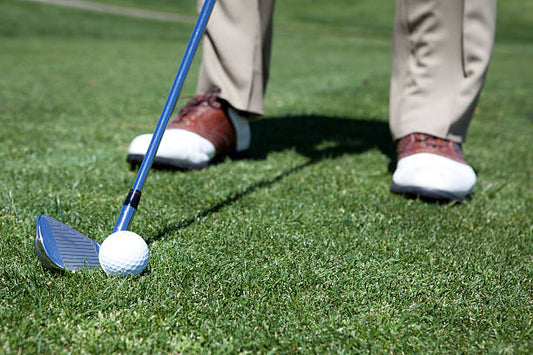
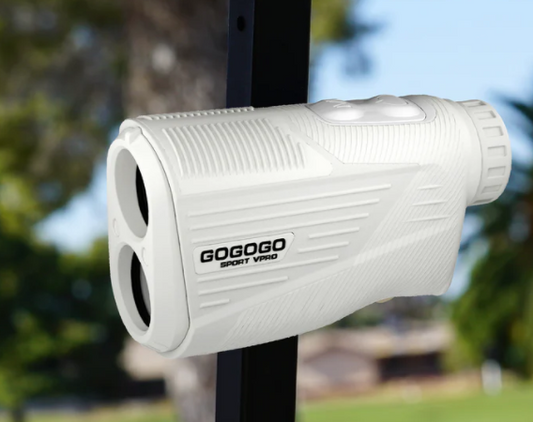
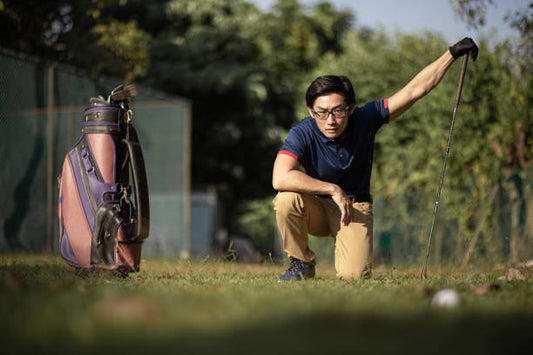
![[2025] The Ultimate Guide to Pinseeker Rangefinders for Golfers](http://gogogosport.com/cdn/shop/articles/gogogo_sport_vpro_pinseeker_rangefinder.png?v=1757993796&width=533)